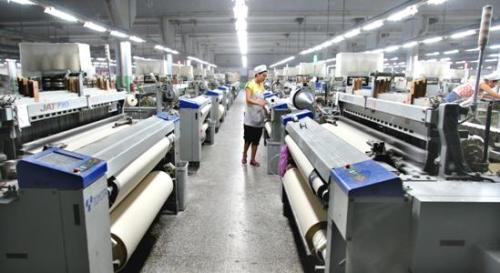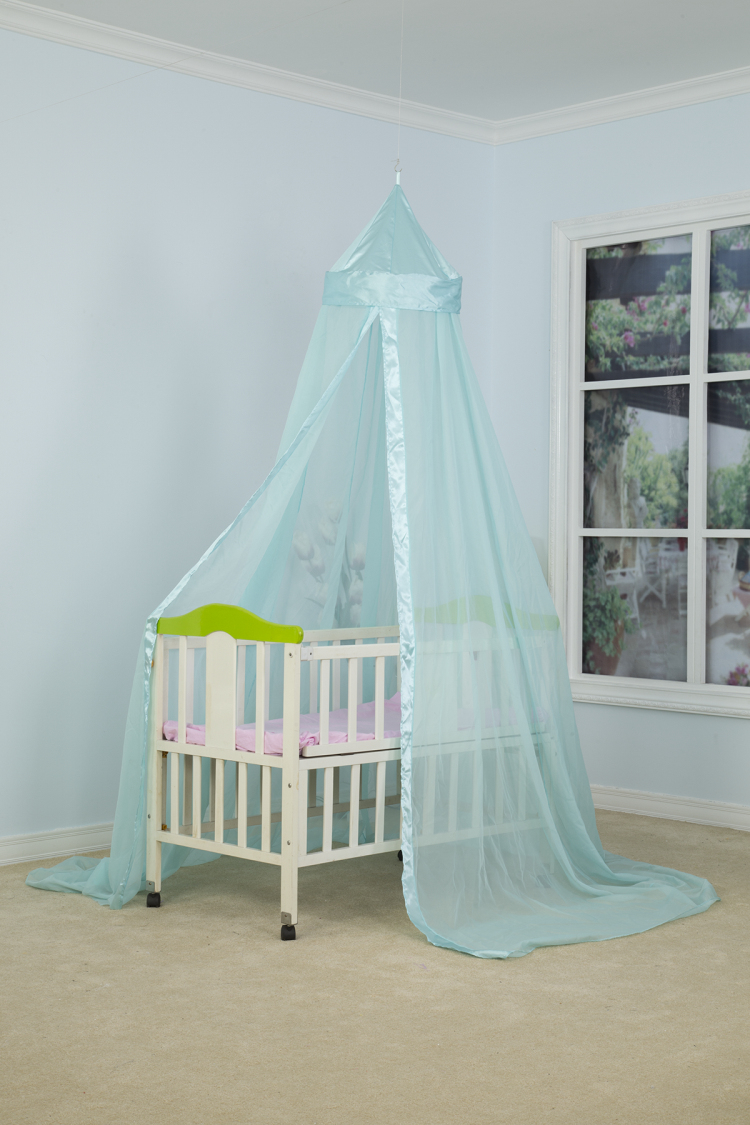 status quo:
status quo: Since 2011, the price fluctuations of cotton “roller coaster type†and the serious “upside-down†phenomenon of domestic cotton spreads of about RMB 6,000/ton have been an important factor affecting the operation of the entire home textile industry. In addition, the rise in labor costs, weak export demand, and the sluggish domestic real estate industry have led to a slowdown in domestic demand growth and other factors, making home textile manufacturing enterprises, mainly bedding, towels, and fabrics, face enormous challenges.
In the first three quarters of 2012, the total industrial output value of 1812 domestic textile enterprises above designated size was approximately 180.4 billion yuan, a year-on-year increase of 13.6%, and the profit rate was 5.19%. The domestic sales volume in the first three quarters increased by 18.5% year-on-year, and the export delivery value only increased by 1.6%. In terms of product segmentation, the growth rate of the value of bedding companies and towel companies has slowed down, and the profitability of fabric companies has declined slightly.
Taking cotton 229 as an example, the price of cotton 229 in the first quarter of 2011 climbed to a record high of 30,500 yuan/ton, an increase of 96.7% year-on-year, and an increase of 158.7% from the first quarter of 2009. In the second half of 2011, cotton prices began to drop significantly. As of the fourth quarter of 2012, the price of cotton 229 fell to 19,700 yuan/ton. At this time, the price of imported cotton is between 13,000 yuan/ton and 14,000 yuan/ton. In the long run, the spread of cotton between home and abroad is maintained at 1,500 to 3,000 yuan. Textile companies can still resolve their negative impacts through self-adjustment. Today, domestic cotton prices are about 45% higher than the international market, and cotton raw materials account for the entire processing volume of textile fiber materials. One-quarter of the adjustment alone has made it difficult to resolve the spread.
In addition to the ups and downs of raw material prices, the significant increase in labor costs in the various types of enterprises in the home textile industry is also a major factor that restricts the development of enterprises. It is understood that in the towel production process, raw materials generally account for 50% of the total cost, and wage costs, including administrative expenses, account for 5% to 10% of the total costs. In 2012, the average wage of workers was between 2,000 and 2,500 yuan/month, and there was an annual increase of 10% to 20%. Compared with three years ago, the highest increase was 70%. In addition, difficulties in recruitment in the textile industry have become common, especially around the autumn harvest period and the Spring Festival.
According to a report released by Frost & Sullivan Consulting, the high cost and the inverse relationship between cotton prices and the international market have made Chinese cotton products lose their competitive advantage in the international market. In addition, the price fluctuation resulting from the appreciation of *** gradually shifted foreign orders to neighboring countries such as India and Pakistan.
Solution:
Exporting countries have shifted from developed countries to new markets. Although China's export enterprises are facing a very severe international economic situation in 2012. The developed countries have not yet recovered from the financial crisis. Many European countries have also been drawn into the sovereign debt crisis. However, in the first three quarters of 2012, China’s exports to Asian countries and emerging economies showed a good growth.
According to China Customs statistics, in the first three quarters of 2012, China’s home textile products exports to BRICS countries, 10 ASEAN countries and South American countries increased by 20%, which was significantly higher than the increase in exports to developed countries. The growth rate of the ten ASEAN countries is 13.8%, and the growth rate of South American countries other than Brazil is 7%. The above three major regions have accounted for 16% of China’s total exports.
The market has shifted from exports to domestic sales In recent years, the increase in disposable income, purchasing power, and urbanization rate of Chinese citizens and the development of the property market have greatly promoted the development of the domestic market for domestic spinning. The domestic demand in 2013 is still the most important support point for the growth of the textile industry in China, and the industry is expected to achieve double-digit growth.
Sales channels from Shangchao to e-commerce More and more home textile products have also entered the No. 1 store, Taobao and other low-cost emerging channels of e-commerce from the Shangchao, department stores and brand stores. In the context of falling external demand, rising raw material prices and rising labor costs, many home textile brands have set up their own B2C e-commerce platforms.
Compared with the traditional marketing model, e-commerce provides a low-cost brand promotion platform for niche brands, builds and enhances brand awareness, and expands the market. The e-commerce model solves the shortcomings of vertical sales and gives consumers the maximum profit directly. At the same time, it allows businesses to directly receive market feedback and conduct product research and development according to the needs of consumers. This means that home textile companies entering the Internet sales have become a general trend.
Products shift from the mass market to market segments For any industry, companies that can correctly grasp market demand can stand out in the industry.
In terms of baby home textile products, 2012 was the Year of the Dragon, and China ushered in the “baby boom†of the new Longzi Dragon Girl, and the “Dragon Baby†born and raised was 2% more than in previous years. With the arrival of the baby boom of the Year of the Dragon, the demand for a variety of maternal and child supplies has soared. It has itself welcomed unlimited business opportunities for under-supply baby home textiles.
In terms of functional home textile products, in recent years, along with the increase in people’s spending power and economic conditions, apart from aesthetics, sterilization, deodorization, rehabilitation and health care functions have become one of the factors for consumers to purchase home textile products. . New fiber materials such as bamboo fiber, wood fiber, microfiber, and milk fiber are also popular with consumers.
It's great for keeping mosquitoes out, flies and other flying insects, allow your baby having a more peaceful sleep. The crib netting can give your baby more safer space. It is made by the light and transparent material.
Established in 2016,Valuable Textile Co., Ltd. is a manufacturer specializing in Baby Mosquito Net, insecticide netting, cotton canopies, pop-up freestanding Mosquito Net and conical bed canopies.
Every year, VALUABLE exported to over 20 countries and up to 2,000,000 pieces of products to the whole world. We also have the certificates of ISO9001 quality management system and BSCI.

Baby Crib Netting,Baby Crib Safety Net,Baby Cribs Mosquito Net,Kids Bed Netting
Valuable Textile Co.,Ltd. , https://www.vbcanopies.com